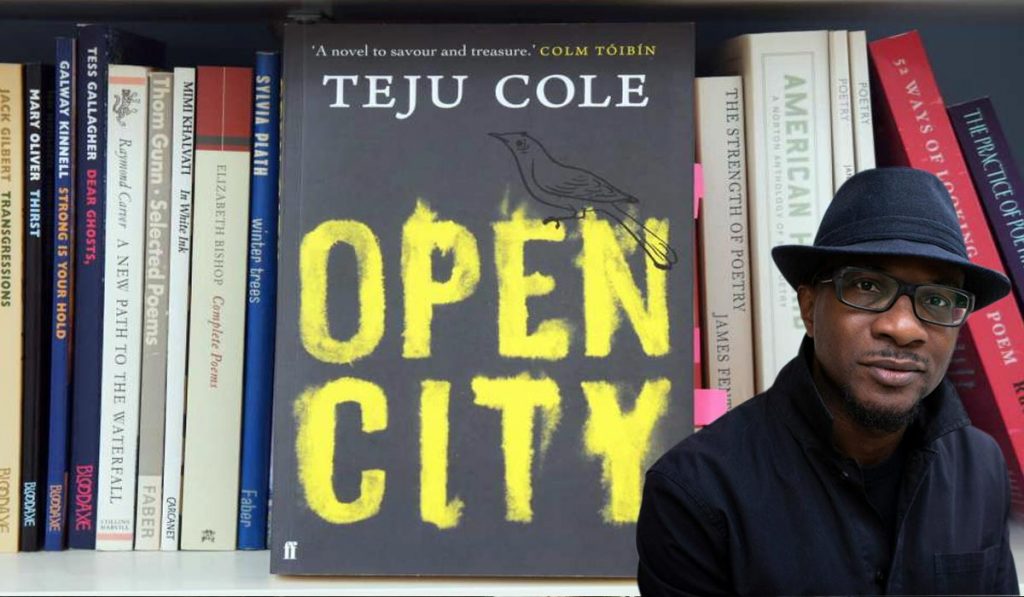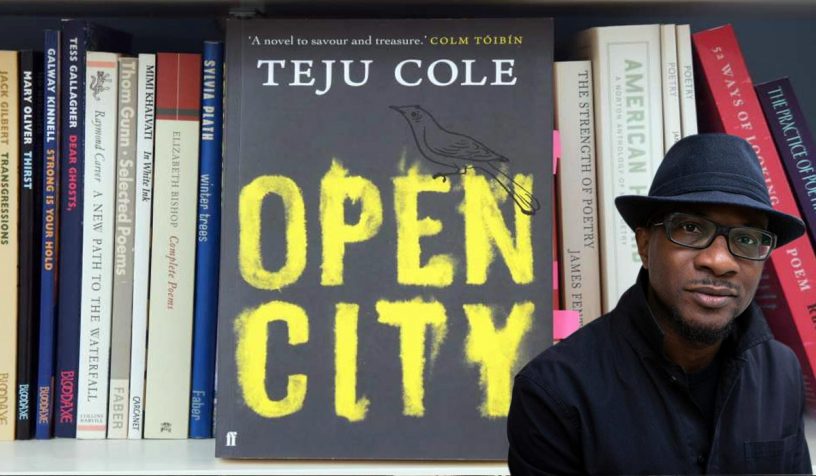
Julius, the protagonist of the novel, has a “cross-disciplinary” approach to his personal experience of life and reading all manner of “high-brow” texts.
Author
Rahul Jayaram, Associate Professor, Jindal School of Liberal Arts & Humanities
Summary
“Open City” has a form where the novelist or the narrator (even if somewhat slippery like Julius) takes immense interest in chasing certain chains of experience as self-fulfilling ends. Invariably, and broadly, these concern subjects encompassing the arts, humanities, and social sciences.
So, this book holds you with its studied detours into New York’s urban boroughs, quiet evocations of a mix of its museums, birdlife, parks, and art galleries. It meditates on classical music, photography, and race relations.
It plunges into issues of identity, the individual’s relationship (or lack of) with his ancestries. It counters truisms and generalities over the post-9/11 world, urban crime, world cinema, the Chinese immigrant experience of America, or Belgium’s past actions on Africa. It expends ages of time unpacking the many layers of classic American paintings or readying one to the apogee of Gustav Mahler’s finest work.
Julius’s journeys are without and within. In this novel, you find literature, history, philosophy, the fine arts, the visual arts, music, politics, sociology, economics, architecture, psychology, and gender studies, all hanging together as in a baroque painting.
The older term for this kind of book is the “novel of ideas”, but Open City is extremely particular in drawing ideas about the arts alone. In the lexicon of the liberal arts, humanities and social sciences, Julius has a “cross-disciplinary” approach to his personal experience of life and reading all manner of “high-brow” texts.
Published in: Scroll.in
To read the full article, please click here


